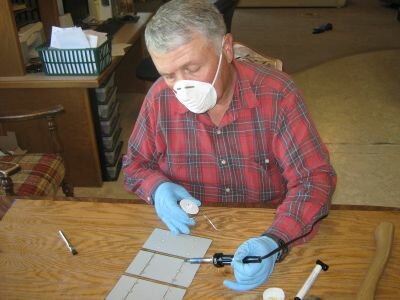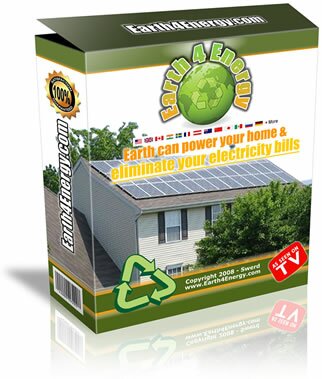Some of the natural resources readily available such as solar, wind and biofuel are unlimited and attention needs to be focused on developing ideas on how to harness the greatest potential from these sources.
Solar Energy For Homes
There are many positive aspects of solar energy, such as usually being readily available, no polluting problems, and no other energy costs after panels are installed.
However, solar panels are a big expense for an average family, intermittent weather can be a problem, and sunlight is only available during the daytime hours.
Also, if a large building wanted to consider solar polar as an option, these solar panels would take up a lot of room so it might not be possible in a larger city with space constraints.
How to buy 1000 Ah used deep cycle batteries for dirt cheap?
Wind Power For Homes
A second alternative choice could be wind power.
Again, wind turbines have no greenhouse effect, but they are tall and not a pleasing view as well as being loud.
They would be impractical in a city because of the space constraints, but in a rural community that has a lot of wind potential the turbines would be of benefit to a smaller community that wanted to become more self-sufficient, such as a large farming business.
However, the wind turbines are only useful when there is wind, so they are dependent on the weather.
Several parts of the country have used this type of energy source to their advantage, especially if you look at the wind turbine farms in California and other states.
Biofuel Energy For Homes
A third type of alternative energy source is biofuel.
One of the first types of biofuel used was wood, and some people still use wood as a viable source of energy for heating their homes.
A large cattle or hog farm would be an ideal business to harness this type of energy as they could use all the manure from the operation of their farm.
Eventually this type of energy source could be available to everyone, even to use in cars.
We use some of this now when we purchase gas with 10% ethanol from corn.
But converting that corn, or possibly in the future, the manure, into ethanol could be more take more energy than we are gaining.
And when we use corn in our gasoline, this means that less corn is available to use as a food source.
Until it’s possible to put these and any other potential alternative energy sources to use, we must continue to do our part by recycling what we can and wasting as little non-renewable energy as possible.
As we move into the future, we need to be aware of new technological advances and be willing to make a sacrifice in order to keep our non-renewable energy sources and use our free energy sources in the best manner possible.
Everyone needs to do their part to be responsible for a better world for our children; we always need to have pioneers who are willing to be trailblazers.
Simple trick to cut your electric bill up to 75%
Would you like to know how to reduce your home electricity bill significantly?
If you would, then checkout the DIY Home Energy program.
The program creator, Jeff Davis reveals the REAL reason you’re paying so much for electricity…
And he shows you how to SLASH your electric bill by up to 75% using a simple new method.
If you’re like me, and you’ve sick and tired of electricity prices going up month after month…
…and you want to DO something about it.
You owe it to yourself to learn what Jeff Davis has to offer.
…Then click the link below




 One of the best ways to save money on a residential solar power system is to build your own solar panel. If you are good with hand tools, you can make a Photovoltaic (PV) array for around $150. What you’ll need is a step by step instructional guide.
One of the best ways to save money on a residential solar power system is to build your own solar panel. If you are good with hand tools, you can make a Photovoltaic (PV) array for around $150. What you’ll need is a step by step instructional guide.